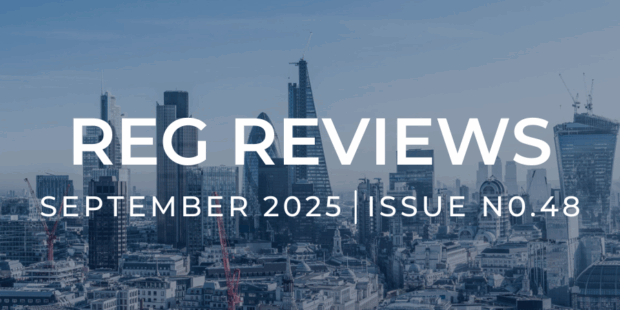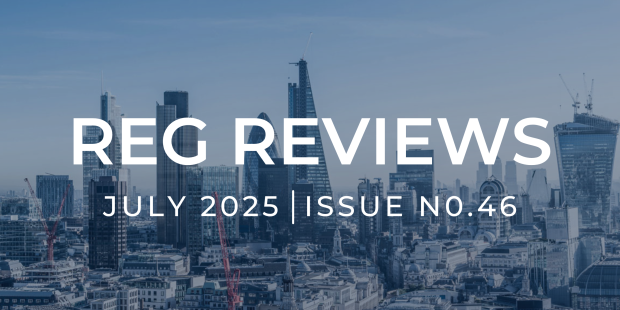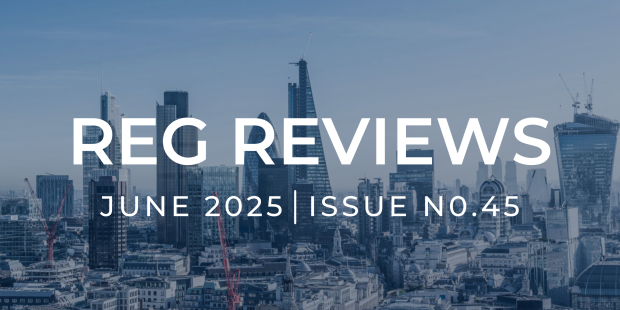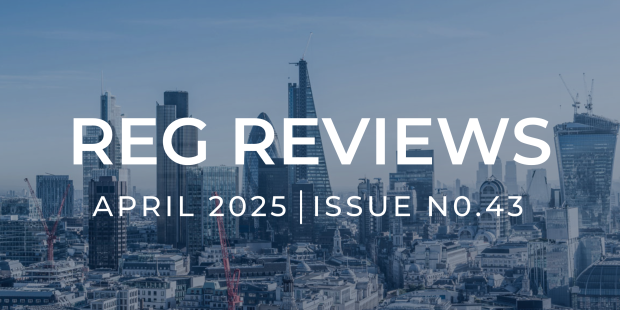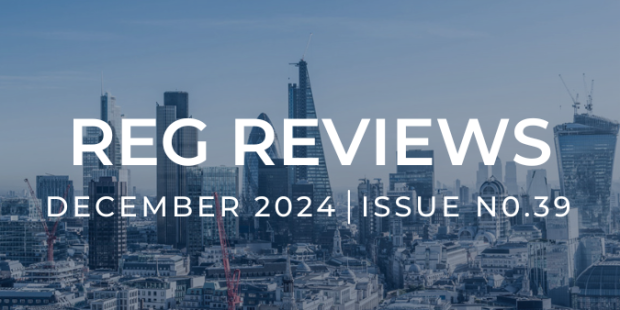Natural disasters and severe weathers are becoming a significant obstacle to clean energy projects not just in the United States, but in the entire world.
These climate issues are creating more risks around the degree to which clean energy projects can be insurable and financed in the long-term.
While wildfires, especially in the US, Europe, and Australia have drawn the most attention, other natural hazards like windstorms, floods, tornadoes, and even earthquakes are increasingly posing serious risks, causing costly damage that affects both communities and ongoing clean energy projects, including solar panel performance, as reported by Insurance Times.
According to James Totton, underwriter at Tokio Marine GX reported that: “In the last 12-24 months the market has really come to terms with the fact that other territories – the Middle East, North Africa and Asia-Pacific – are now also seeing natural catastrophes in increasing frequency and severity, mirroring our experience in the US market.”
Moreover, this mounting exposure to harsh weather is significantly increasing the occurrence and gravity of claims.
Wind and solar farms are frequently developed in regions vulnerable to significant natural disasters. With climate change, these extreme weather events are projected to become increasingly severe and destructive.
According to Peter Carter, head of the climate practice and captive insurance management solutions at broker WTW, many insurers are increasing premiums adopting stricter underwriting standards due to losses induced by extreme weather.
He also elaborates that insurers are wary of covering renewable energy projects due to limited claims history, technical complexity of evolving technologies (like wind turbines, subsea cables, and solar panels), and added risks from natural disasters and climate events.
So what’s the solution? The renewables industry must adopt new risk management strategies as extreme weather drives up insurance challenges.
As suggested by Tim Evershed from Insurance Times, short and medium-term options can include parametric insurance and alternative financing, such as captives. While long-term resilience will require stronger mitigation, avoidance measures, and integrating climate risks into project design from the outset
Insurers are under pressure to balance sustainable capacity with rising exposures, as rapid advances in renewable technology lead to larger, riskier sites.
New solutions, such as advanced solar trackers and redesigned panels, can help reduce vulnerability to severe weather, but their added cost may discourage developers.
The sector’s ability to adopt smarter risk management and resilient design will ultimately decide how securely it can power the green transition.
















